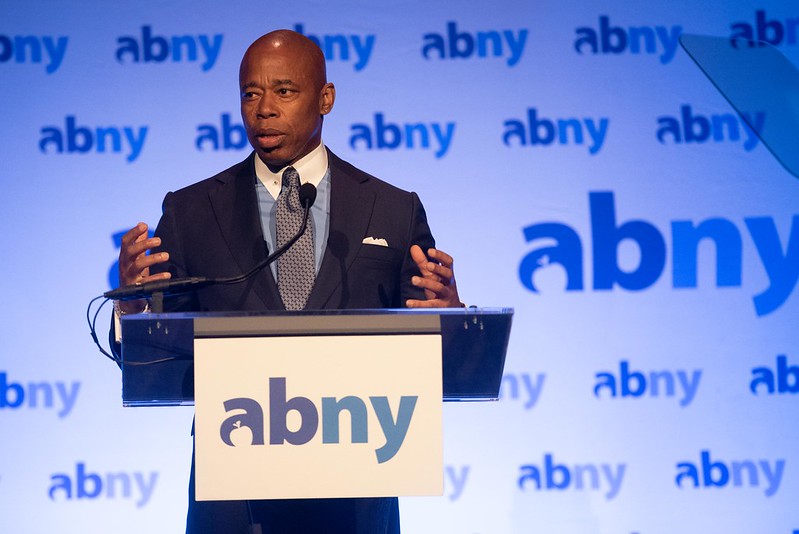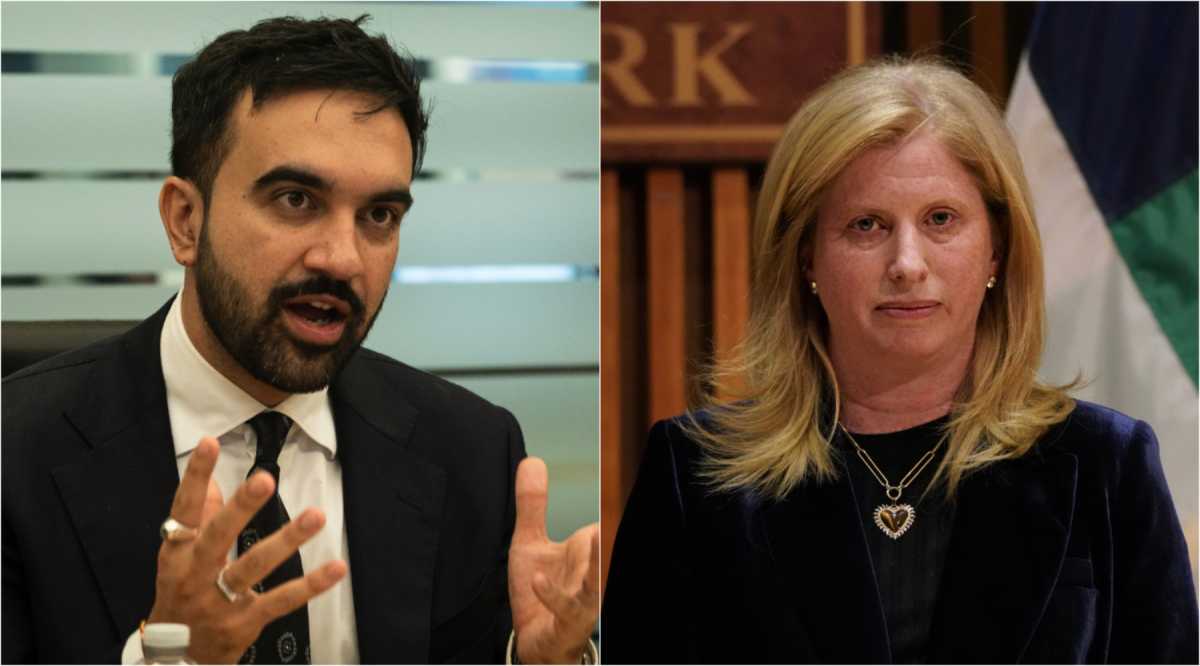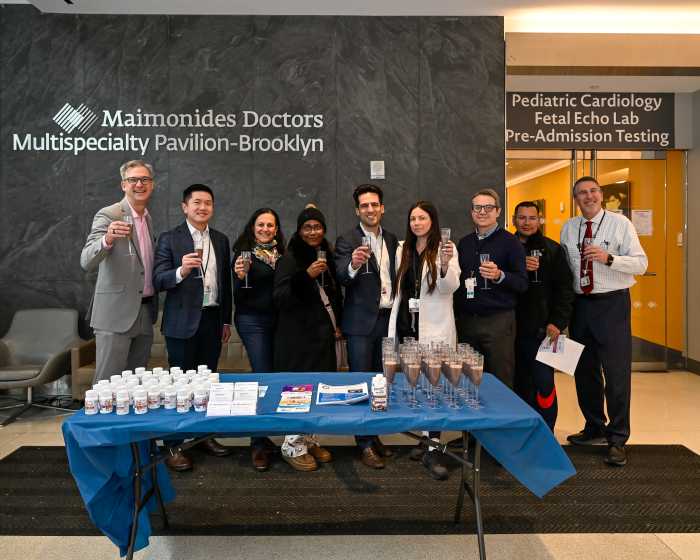Eric Adams wants to turn every “no” into a “yes.”
At the first in-person Association for a Better New York (ABNY) breakfast since before the coronavirus pandemic, Adams Wednesday laid out a sweeping plan that includes three citywide zoning amendments to boost the city’s economy, reduce its carbon footprint and build more housing. These changes, Adams said, will help the city cut through red tape and bureaucracy so it can better plan around emerging job hubs and commercial corridors across the five boroughs.
“For far too long, our city has tolerated dysfunction and failed to get out ahead of opportunities to change things,” Adams said. “But going forward, we’re going to do things differently. Our cities are the future, and New York is going to lead the way. Today, I want to preview some of our plans to supercharge the economy and improve the economic recovery and lay the foundation for a new era in energy, housing and commerce. Some of these ideas are long term visions that will play out over the years to come. Others are practical plans that will produce results on a shorter timeline. But all of them are centered around the same idea. Embracing the creativity and innovation of 8.8 million New Yorkers.”
Adams said the first zoning text amendment, which he’s named “Zoning for Economic Opportunity,” would nix geographic location limits for certain kinds of businesses, simplify codes to make it easier to fill vacant storefronts, quickening approval processes and lift regulations that stop businesses from expanding in the communities where they currently operate.
“Imagine a local bakery in a residential neighborhood with lines out the door,” Adams said. “The owners are eager to add more capacity and deliver to stores and markets. It would be great if they could expand into the vacant storefront next door. But under current rules, they would have to move their entire operation to a manufacturing district. We’re going to change that ‘no’ to a ‘yes.’ And let this bakery keep growing their business in a neighborhood they started in.”
The second zoning amendment – “Zoning for Zero Carbon” – aims to remove obstacles to building sustainable technology like solar panels on rooftops, electric vehicle charging stations and electrified heat pumps and HVAC systems. Adams said changing the rules around installing energy efficient technologies would lead to the creation of an estimated 61,000 new jobs.
Additionally, Adams said, these new jobs would provide employment opportunities to people from low income communities.
“We’re going to go into those communities that have been historically denied,” Adams said. “We’re going to give them the skills and training because if they have a hammer in their hand, they won’t have a gun in their hand. And they will believe that they’re part of the city as it grows. You can’t build the city and watch the future of our children go down in the process. We will employ New Yorkers as we make our city more sustainable in the process.”
The third amendment, “Zoning for Housing Opportunity,” intends to change zoning rules to allow for building more housing across the city, to keep up with ever-growing demand. The amendment would do this by increasing the floor area ratio for affordable apartments, expanding acceptable housing types and sizes to accommodate more people, making converting commercial buildings into housing easier and nixing requirements for buildings to devote space to parking.
“All throughout New York, there are places we could be developing and building [that are] suited for people to live, but city zoning laws put artificial limits on the number of studio apartments per building. So those developments never get built,” Adams said. “We got to change that no to a yes and help a young person who moved to the greatest city on the globe, an older person stay in the city they grew up in, or a person who has experienced homelessness get permanent housing, or supportive living space.”
The mayor said this is a key part of his “housing blueprint,” which his office will release in the near future.
Also included in today’s announcement, Adams said, is changing zoning rules to make it easier to bring job centers to the outer-boroughs – starting with the Bronx. This means planning around four new Metro-North stations in the eastern side of the borough, slated to open in 2027.
Additionally, the mayor is rolling out the “Building and Land Use Approval Streamlining Task Force” (BLAST), a cross-agency effort to streamline zoning processes so approval processes for private applicants move more quickly.
This plan will help the city recover from the coronavirus pandemic, Adams said, by making it easier to transform its economy and reinvent itself as it has done many times in the past.
“We need to say ‘yes.’ Yes, to the future. Yes, to our communities. Yes, to new businesses. And yes, to new housing. Yes, is the can do spirit that has powered us through many different eras, each with his own culture, commerce and character,” Adams said.
“From the Jazz Age to the digital revolution, from Harlem to Wall Street to Far Rockaway, the city has reinvented itself time and time again,” Adams said. “It’s happening again right now. Call it recovery, renewal or a vibe shift. It’s undeniable, just like our city is undeniable. I can’t wait to see the curtain continue to rise on the new New York – the greatest city in the world,” he added.







